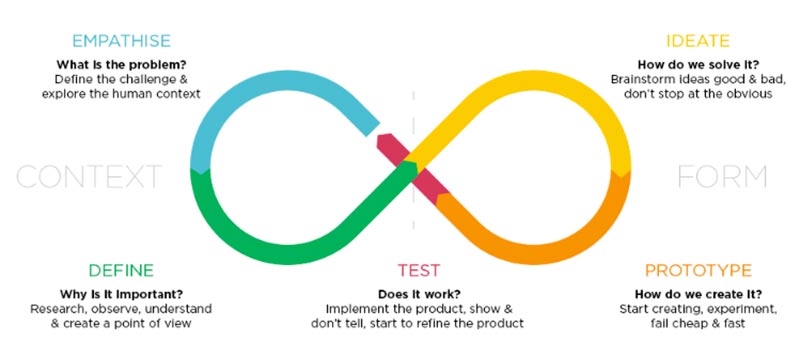For a long time I have held the belief that innovation should be a fixed item on the Board Agenda. With a mandate to drive strategy and manage risk, innovation seems to sit in the cross-hairs of the Board’s Governance role. Especially given it is essentially a form of investment risk.
So in association with Appoint Better Boards, we recently hosted at Grant Thornton Auckland an interactive workshop for Independent Directors to explore this further. The workshop enabled discussion on topics such as ‘should innovation be a fixed board agenda item, are boards & CEOs well equipped to drive innovation, and is there the right level of appetite in NZ companies to take risk and experiment with new technologies and possible market directions’.
The findings from the session confirmed my belief, and provided some rich insights into the level of activity Boards currently play in driving innovation, and what needs to change for more innovation to be enabled.
Firstly there was a strong appetite from the participants for all companies having an innovation strategy visible at the Director and Board level, but the majority believed that the CEO must sit in the driver’s seat.
It became evident from the discussion that CEOs need to lead innovation in the organisation, through having a transparent innovation process or methodology that is communicated and supported from the top down. They need to encourage creative, collaborative behaviours and the co-creation of a portfolio of initiatives with both the Board and potentially outside partners eg members of the organisations value-chain.
However with only 50% of Boards represented at the workshop regularly reviewing innovation as part of their agenda and 62% having no set KPIs or reporting requirements around innovation initiatives, it is clear there is some more work to do to get innovation onto the Board agenda in New Zealand.
Directors also explored nine possible innovation governance models that included everything from appointing a Chief Innovation Officer, to enabling creative ‘duos’ within the organisation. The adoption of a C-suite led steering committee supported by innovation champions was seen as the most effective way to fuel innovation in an organisation.
If New Zealand companies want to enable more innovation, CEOs need to start to view innovation as their job, and send a clear signal that they have an appetite for experimentation and the unknown, and then empower accountable executives to pursue and test opportunities.
Here are the 6 key insights we learned;
· The greatest blocker for innovation is a lack of dedicated time (outside of BAU) to focus on future growth opportunities, and having the right culture and skills to drive new and unprecedented opportunities forward.
· The greatest enabler for innovation is strong C-suite level leadership (ideally the CEO), creating an environment that fosters rapid prototyping and open experimentation – in other words, an appetite to learn by failing fast.
· Some of the main forces impacting growth and with potential for disruption of New Zealand companies include political, regulatory and compliance constraints, offshoring and automation of low skilled jobs, and the changing requirements of customers.
· For CEO’s to increase innovation, they need to actively design an innovation framework (combining both process and behaviours) and augment existing talent with external specialists who are armed with the specific best-practice skills to fuel the ratio of success. There is also a view that a mandated management agenda and a KPI on innovation are needed in more New Zealand companies.
· Aligning strategy, risk and innovation is seen as critical, and requires a stronger risk appetite from a more diverse set of Board Directors.
· Adopting a governance model that includes an Innovation Steering Committee and Innovation Champions within the organisation is critical. By combining C-suite level support with active and dedicated producers within the organisation, innovation is more likely to flourish.
If you’d like help building an innovation Governance Framework or more information on creating an innovation culture, feel free to contact me.





